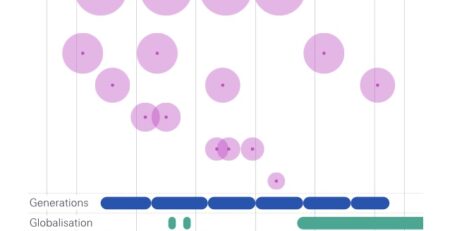Do Older Americans Have More Income Than We Think?
By Charles Adam Bee & Joshua W Mitchell (US Census Bureau)
The Current Population Survey Annual Social and Economic Supplement (CPS ASEC) is the source of the nation’s official household income and poverty statistics. In 2012, the CPS ASEC showed that median household income was $33,800 for householders aged 65 and over and the poverty rate was 9.1 percent for persons aged 65 and over. When we instead use an extensive array of administrative income records linked to the same CPS ASEC sample, we find that median household income was $44,400 (30 percent higher) and the poverty rate was just 6.9 percent. We demonstrate that large differences between survey and administrative record estimates are present within most demographic subgroups and are not easily explained by survey design features or processes such as imputation. Further, we show that the discrepancy is mainly attributable to underreporting of retirement income from defined benefit pensions and retirement account withdrawals. Using archived survey and administrative record data, we extend our analysis back to 1990 and provide evidence of underreporting from an earlier period. We also document a growing divergence over time between the two measures of median income which is in turn driven by the growth in retirement income underreporting. Turning to synthetic cohort analysis, we show that in recent years, most households do not experience substantial declines in total incomes upon retirement or any increases in poverty rates. Our results have important implications for assessing the relative value of different sources of income available to older Americans, including income from the nation’s largest retirement program, Social Security. We caution, however, that our findings apply to the population aged 65 and over in 2012 and cannot easily be extrapolated to future retirees.
Full Content: SSRN










